Background
I have two models, Runs and Orders. One run will complete many orders, so I have a Many-to-one relation between my orders and runs, represented as a foreignkey on my orders.
I want to build a UI to create a run. It should be a form in which someone selects orders to run. I'd like to display a list of checkboxes alongside information about each order. I'm using django crispy forms right now.
views.py
class createRunView(LoginRequiredMixin, CreateView):
model = Run
form_class = CreateRunForm
template_name = 'runs/create_run.html'
forms.py
class CreateRunForm(forms.ModelForm):
class Meta:
model = Run
fields = ['orders',]
orders = forms.ModelMultipleChoiceField(queryset=Order.objects.filter(is_active=True, is_loaded=False))
def __init__(self, *args, **kwargs):
super().__init__(*args, **kwargs)
self.helper = FormHelper()
self.helper.form_method = 'post'
self.helper.layout = Layout(
Field('orders', template="runs/list_orders.html"),
Submit('save', 'Create Run'),
Button('cancel', 'Cancel'),
)
Questions
I'm not sure what locals are available to me in the
list_orders.htmltemplate. It seems like there's{{ field }}and maybeform.visible_fieldsbut if I dig to deeply into either I get aTypeError: 'SubWidget' object is not iterable, which is barely documented online.The above suggests I might still be getting a widget in the template, despite the fact that
Field('orders', template="runs/list_orders.html"),should prevent that, per the crispy docs:Field: Extremely useful layout object. You can use it to set attributes in a field or render a specific field with a custom template. This way you avoid having to explicitly override the field’s widget and pass an ugly attrs dictionary:
I've seen this answer which suggests using
label_from_instance. However I'm not sure how to stuff a bunch of html intolabel_from_instance. Instead of having a different label, I really want to have a template which generates a bunch of html which shows details about the entire order object, so I'm not sure this approach will work.The answers in this question mostly confused me, but the accepted answer didn't work, it seems. (maybe a django version issue, or a crispy forms issue?)
TL;DR
How do I render templates with data from each model in ModelMultipleChoiceField?

